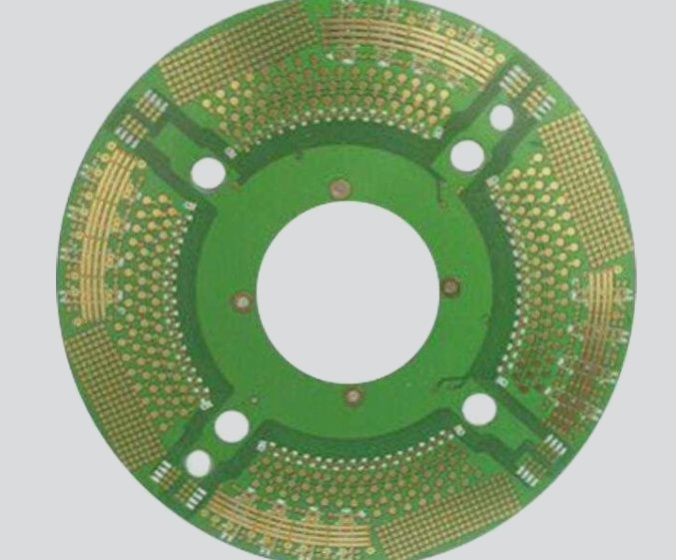Understanding PCB and PCBA in Electronics Manufacturing
1. What is a PCB?
A PCB, or Printed Circuit Board, is a fundamental component in electronics, providing a platform for electronic parts and facilitating electrical connections.
2. The Evolution of PCBA
PCBA, which stands for Printed Circuit Board Assembly, involves populating a bare PCB using Surface Mount Technology (SMT) or the through-hole method known as Dual In-line Package (DIP).
3. PCB vs. PCBA
PCBA encompasses the entire assembly process of a PCB, including component integration, while PCB refers to the bare circuit board without components attached.
Key Points:
- PCB Production Process:
- – Manufacturer contact
- – Board opening
- – Drilling
- – Copper deposition
- – Artwork handling
- – Graphic plating
- – Film removal
- – Etching
- – Solder mask application
- – Surface finish (e.g., gold plating)
- – Forming
- – Testing
- – Final inspection
PCBs offer high density, reliability, planar structure, productivity, testability, ease of assembly, and maintainability.
Advancements in SMT and DIP:
SMT involves placing small electronic components directly onto the PCB surface, while DIP requires inserting component leads through pre-drilled holes. Both methods play crucial roles in modern electronics manufacturing.
Choosing the Right Supplier:
Electronic product planners must carefully select PCBA suppliers based on their expertise, quality standards, and production capabilities to ensure successful development and production.
Conclusion:
Understanding the differences between PCBs and PCBA is essential for anyone involved in electronics manufacturing, from design to production.




